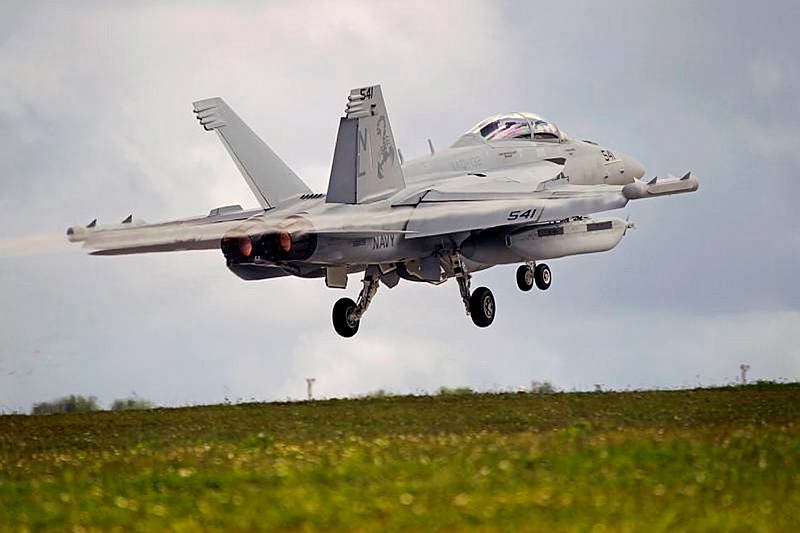Sea State
The Philippine Government has voiced its interest in acquiring three more ex-Royal Australian Navy Balikpapan-class heavy landing craft (LCH). Retired in December 2012, the vessels have a military lift capacity of three medium tanks and offer a range of 3,000 nautical miles at 10 kt. President Benigno Aquino announced that the procurement process is going ahead and the Philippine Navy suggests that the LCHs will be stationed on the island of Palawan.
China and Russia have announced plans to conduct a joint naval exercise in the Peter the Great Gulf and Sea of Japan later this month. According to Chinese Defense Ministry spokesman Yang Yujun, the exercise will include anti-aircraft and anti-submarine elements, as well as a joint landing operation. The proposed military drills are indicative of the growing strategic cooperation between Moscow and Beijing, and follow on from their maiden joint naval exercise, ‘Joint Sea 2015’, held in the Mediterranean earlier this year.
On Tuesday, Sweden declared its discovery of a century-old Russian submarine. This revelation comes nine months after the Swedish Navy undertook a high profile search for the suspected presence of a modern Russian submarine in the Swedish archipelago. However, Swedish Armed Forces have identified this vessel as the Som, a Czarist-era submarine, which sank after colliding with a Swedish vessel in 1916. Check out pictures of last year’s Swedish sub-hunt and footage of the newly discovered wreck here.
Flight Path
Last week Boeing rolled out the first of 12 EA-18 Growler airborne electronic attack aircraft for the Royal Australian Air Force (RAAF) at a ceremony in St Louis. Receiving the aircraft on behalf of the RAAF was recently retired Chief of Air Force, Air Marshal Geoff Brown, who predicted the Growlers will have the biggest strategic effect on the RAAF since the introduction of the F-111 in the 1970s. Uniquely equipped with the Raytheon ASQ-228 ATFLIR targeting pod, the second aircraft (part of the AUS$3 billion acquisition program) is due to be delivered this month. Read more about the EA-18 Growler here.
Over at The New York Times, Turkey’s air campaign against Islamic State in Iraq and Syria is reported to have sparked criticism after the majority of Ankara’s airstrikes have targeted Kurdistan Worker’s Party (PKK) camps in Iraq. Turkey’s entry into the fray against Islamic State has aroused suspicion amongst Kurds as being a cover to counter Kurdish territorial and political gains rather than to fight Islamic State. In retaliation to the airstrikes, PKK militants have stepped up attacks on Turkish security forces, killing at least 16 members since 20 July.
Finally, for those following the F-35 debate, War is Boring has recently announced ‘War College’—a brand new podcast produced in partnership with Reuters. First up on the podcast? Listen to Everything That’s Wrong with the F-35. Click here to subscribe to War College on iTunes.
Rapid Fire
US military training staff in Ukraine have been learning a thing or two themselves. Ukrainian ground forces have been contending with Russian electronic warfare capabilities wielded by eastern separatists in Ukraine’s civil war. The experience has provided US forces with intelligence on the considerable sophistication of Russian signal jamming and other electronic warfare capabilities, as well as methods for operating in a ‘comms-degraded environment’.
In Afghanistan, reports of Taliban Leader Mullah Omar’s death have apparently not been exaggerated this time. The Afghan government publicly confirmed Omar’s death, although exactly how long ago he died is unclear. CSIS have published an analysis of the implications this revelation might have in maintaining security in Afghanistan, especially in the context of recent Islamic State activity in the country.
Last week, Wired interviewed hackers/researchers Runa Sandvik and Michael Augur as the pair demonstrated successfully hacking a computer-assisted sniper rifle. The TrackingPoint self-aiming rifle has a Linux operating system and a Wi-Fi connection. The hackers successfully tricked the rifle into missing its target and even managed to prevent the rifle from firing at all.
Last week, Rapid Fire covered news on the first class of female Ranger School candidates. It has been announced that two of the female candidates have progressed to the final stage of training, and are only one step short of graduation.


